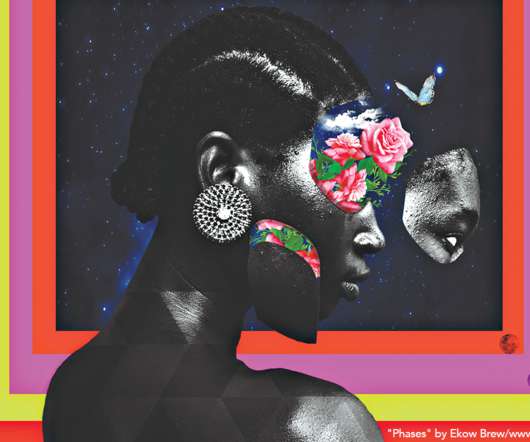What We Can Learn From the COVID-19 Philanthropy Commons
Stanford Social Innovation Review
NOVEMBER 9, 2022
“Fourth-grade soccer teams with phone trees have more effective lines of communication than we do,” they wrote: “Even the largest philanthropies figure out what others are doing through random emailing or searching online. We attribute this failure, largely, to sociological hurdles. Donors are no different.












Let's personalize your content